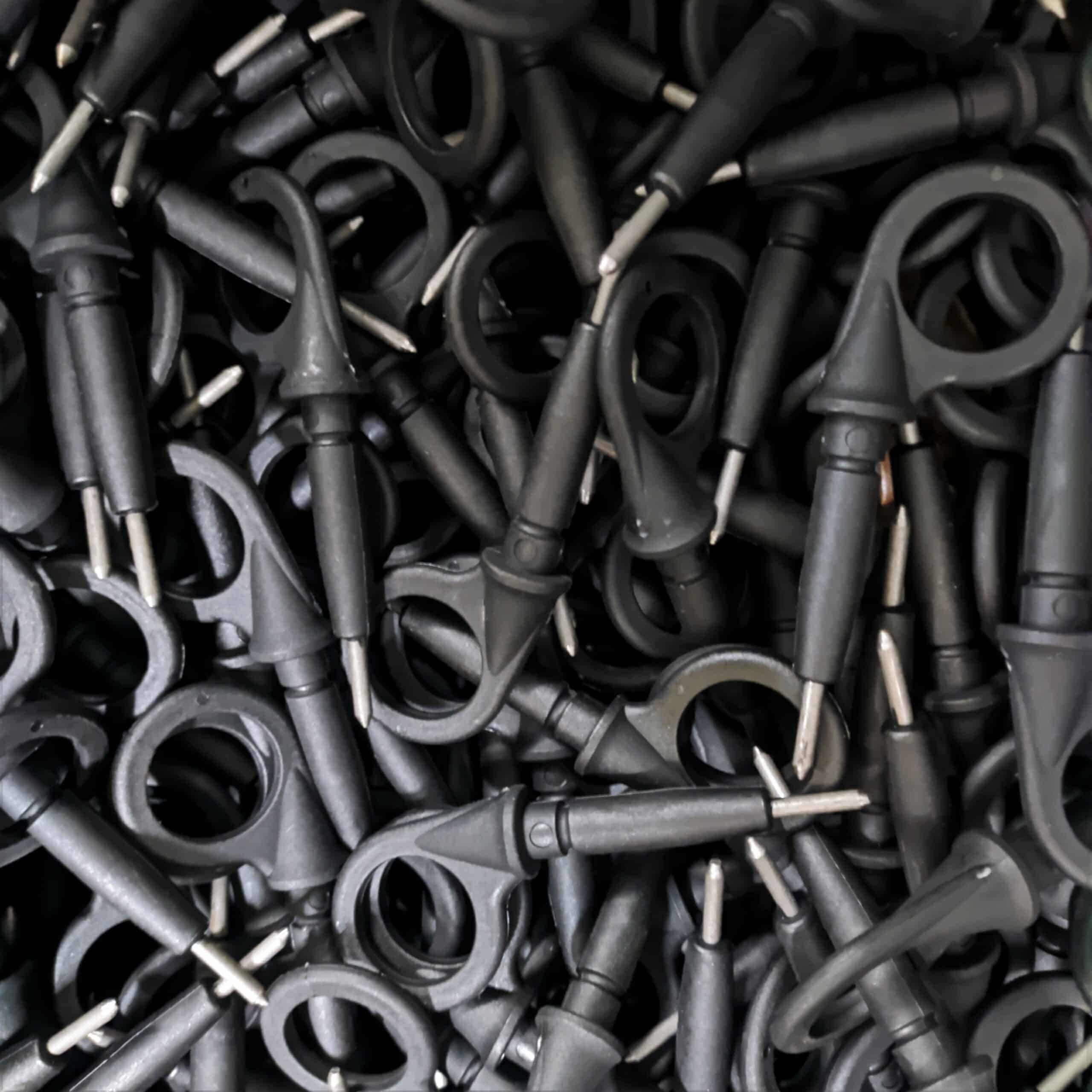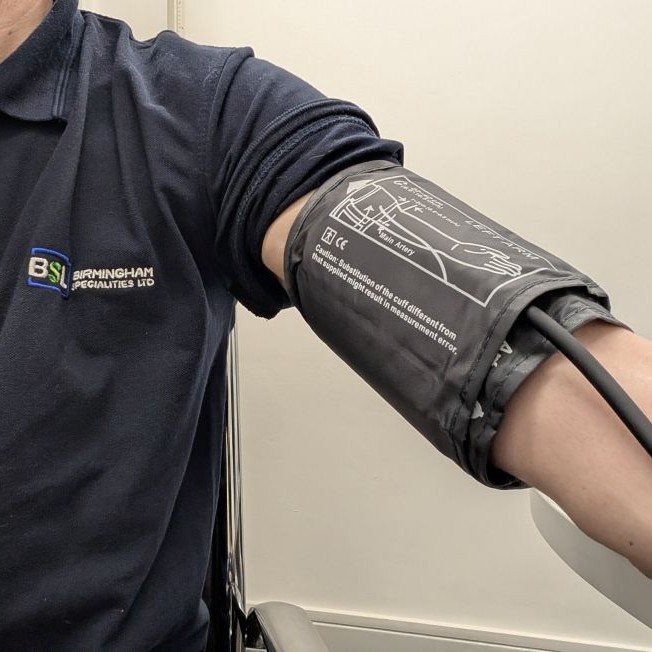What are Dipsticks?
15th May 2023
What is a Dipstick?
If you're someone who is new to the world of engines, gearboxes and oil tanks, you might have heard the term "dipstick" but are not exactly sure what it is or what it does. In this article, we will explore the different aspects of a dipstick, its uses, and its manufacturing.
So, what is an engine dipstick?
A dipstick is a long, thin metal rod or plastic handle that is used to check the fluid levels in a vehicle or fluid container. It is typically inserted into a tube or reservoir that contains the fluid being measured, and when removed, it will display the current level of the fluid in question. Dipsticks are typically used to check the oil level in a vehicle’s engine, but they can also be used to check other fluids such as transmission fluid, brake fluid, power steering fluid, and coolant.
What do dipsticks do?
The importance of dipsticks lies in their ability to help maintain proper fluid levels in mechanical equipment. For example, in a car's engine, the oil is responsible for lubricating the various components to prevent friction and overheating. Without enough oil, an engine can become damaged and require expensive repairs. By using a dipstick, car owners can easily check their oil levels and top up as needed to ensure their engine runs safely.
Another benefit of dipsticks is that they can help identify potential problems before they become serious. For example, if the oil level is consistently low, it could be an indication of a leak or other issue that needs to be addressed. Regularly checking the oil level with a dipstick can help vehicle owners identify these issues early on and prevent significant problems.
Are there different types of dipsticks?
Different types of mechanical equipment require different types of dipsticks to measure the fluid levels accurately. Here are some reasons why there are different types of dipsticks:
Length
The length of the dipstick depends on the size and shape of the reservoir it is measuring. For example, the dipstick used to measure the oil level in a car engine is longer than the dipstick used to measure the transmission fluid level. This is because the oil reservoir in the engine is deeper than the transmission fluid reservoir.
Shape
The shape of the dipstick is also designed to fit the specific reservoir it is measuring. Some dipsticks are straight, while others have a bend or a curve to fit around obstacles such as the engine block or other components.
Material
Dipsticks can be made of different materials, such as metal or plastic. Metal dipsticks are generally more durable and long-lasting, while plastic dipsticks are lightweight and easier to handle.
Markings
Dipsticks can have different markings to indicate the proper fluid levels. Some dipsticks have a simple "add" and "full" marking, while others have multiple markings to indicate various fluid levels.
Types of fluid
Different types of fluids may require different types of dipsticks.



Can you design bespoke dipsticks?
Yes, since there are different types of dipsticks, you can design bespoke dipsticks to measure fluids accurately. There are different types of dipstick handles to choose from, including flat or coiled bodies, blade configurations, seating bodies, mating tubes, and various materials for dipstick handles. You can also choose the material of the dipstick, including but not limited to polypropylene, polyester, and fabricated steel.
Dipstick Manufacturing at Birmingham Specialities
- We are a leading supplier of dipsticks and fluid level indicators with a wide range of commercial vehicles, off-highway vehicles, and diesel engine specialists already trusting and using our products, including Isuzu. We can design and manufacture volume level dipsticks and fluid level indicators customised to your exact specifications, including their handle, body and blade configuration.
- We would love to discuss your precision engineering requirements and answer any questions you may have about our services, including dipstick manufacturing. Please don’t hesitate to contact us today!
Get a Quote Today!
We can provide you with a quote and lead time based on your specific requirements, and we always enjoy the opportunity to assist.
Or contact us at:






